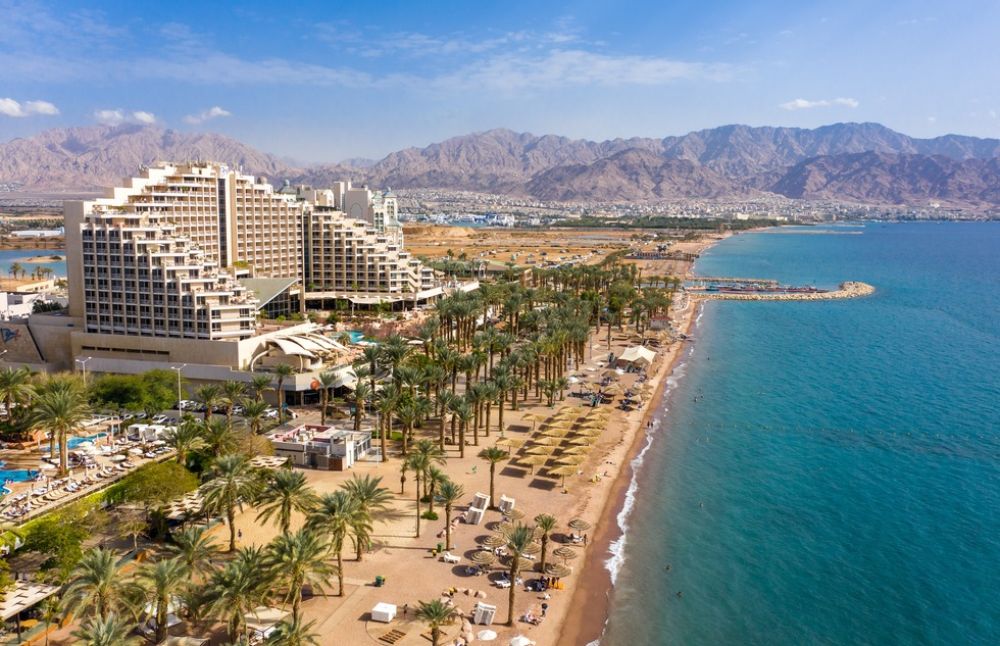

Eilat, a city often synonymous with relaxation and recreation, has been a gleaming jewel on the Red Sea's shore. Its history as a tourism hub is as rich and varied as the marine life in the coral reefs off its coast.
The history of Eilat began thousands of years ago, with evidence of ancient trade routes and copper mining. However, it wasn't until the 20th century, particularly with the establishment of the State of Israel in 1948, that Eilat started to gain recognition.
After the war for Israel’s independence and the securing of access to Eilat, its potential was recognized early on by the government. Their focus on developing a port facilitated regional trade and brought a modest but increasing number of visitors to the region.
In the 1960s and 1970s, Eilat transformed significantly. The Israeli government, aiming to promote the region's tourism, invested in infrastructure, including the construction of the Eilat Airport. Resorts, hotels, and entertainment facilities began to spring up along the coastline, with focus placed on developing Eilat as a resort city. The warm climate, stunning beachscapes, and unique marine life made Eilat a natural fit for holiday-goers from Israel and abroad.
Eilat's position at the northern tip of the Red Sea — a sea known for its spectacular diving conditions — established the city as a hotspot for underwater exploration. Coral Beach Nature Reserve became one of its most admired attractions, and ecotourism flourished. Eilat began hosting international diving competitions and festivals, drawing enthusiasts from across the globe.
The turn of the millennium brought another wave of development. The city continued to expand with luxury hotel chains, shopping centers, and nightlife establishments, pushing the boundaries of traditional leisure tourism. Eilat’s reputation as an all-year-round destination has been bolstered by events such as the Eilat Red Sea Jazz Festival and the Eilat Bird Festival, showcasing the city's cultural and natural diversity.
In recent years, Eilat has been part of the global trend towards sustainable tourism. Efforts have been made to reduce the environmental impact of tourism and protect the unique ecosystem of the Red Sea. Attractions like the Underwater Observatory Marine Park continue to educate visitors about marine conservation while providing a one-of-a-kind experience.
Another prevailing trend is the focus on health and wellness tourism. The region's unique climate and the mineral-rich waters of the nearby Dead Sea attract visitors looking for therapeutic experiences. Combined with the luxurious amenities provided by the resorts, this health tourism niche is rapidly growing.
With plans to expand Ramon Airport, Eilat is poised to welcome even more international travelers in the coming years. Though global challenges, such as the COVID-19 pandemic, have momentarily affected travel patterns, Eilat's tourism industry is adapting with health and safety protocols to ensure a resilient future. The tourism sector is looking toward innovation, including virtual tourism experiences, to keep the allure of Eilat alive for future adventurers.
From a remote port town to a bustling resort city, Eilat's evolution as a tourism destination is a testament to its enduring appeal. Through careful development and a commitment to sustainability, Eilat remains a vibrant and inviting escape with the promise of new experiences for every type of traveler.